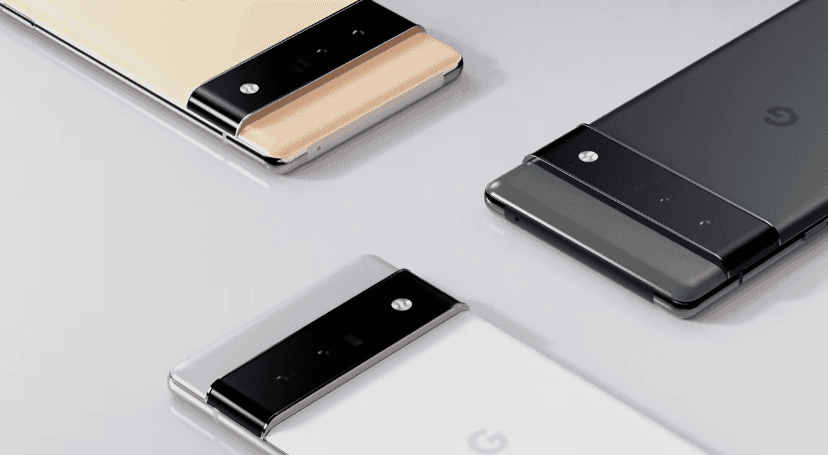Recent user feedback on Reddit reveals that some Pixel 6 phones are experiencing issues known as "bricking" after the Android 15 update, especially when the new "Private Space" feature is utilized. While not everyone seems to be impacted, the increasing number of affected devices points to a significant problem, and Google hasn’t made an official statement yet.
The Problem
According to users, the trouble occurs when the Private Space feature is activated on their Pixel 6 models. Two Reddit users, GegoByte and Homer_95, shared their stories. GegoByte reported that their phone stopped responding right after opening an app in Private Space, while Homer_95 experienced a bricking issue during normal usage, even with plenty of battery life. Both described their phones as “totally dead,” and standard troubleshooting steps, such as pressing the Power and Volume Down buttons, were unhelpful. Connecting to a computer also failed to revive the devices.
Early theories suggested that the problem might be tied to user profiles, similar to issues seen in the Android 14 update, but the exact reason is still unknown. As more reports of bricked phones continue to surface, it appears that the problem may extend beyond just the Private Space feature.
New Features in Android 15
Android 15 has brought forth numerous new features designed to improve privacy and security for users. The Private Space feature is particularly notable, as it enables users to conceal important apps and data in a protected, isolated space. However, this new functionality has resulted in unforeseen complications on some Pixel 6 devices.
In addition to Private Space, Android 15 includes Theft Detection, enhanced multitasking for foldable devices, and better smart home device integration, as per Google’s official release. While the update has been rolled out for other Pixel models without major issues, the Pixel 6 seems to be facing unique challenges. This raises concerns about specific bugs or compatibility issues with this particular model, leading affected users to be cautious and refrain from using the Private Space feature until the matter is resolved.
With many reports surfacing about Pixel 6 devices becoming fully unresponsive, owners of this model are encouraged to take care, especially when exploring new features like Private Space. We can only hope that Google will address and fix this issue promptly.
















